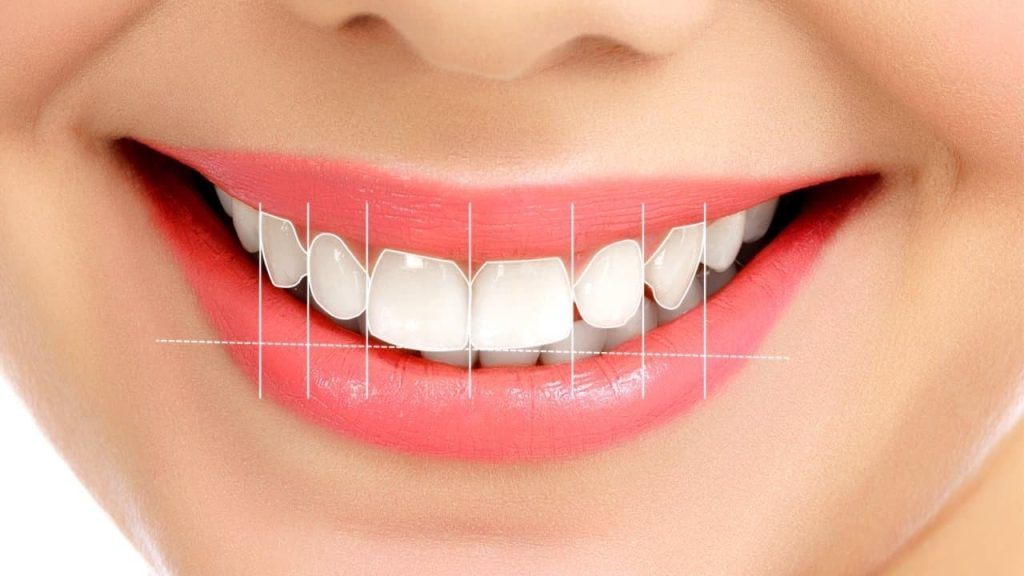Your teeth are whitened via one of two methods although these methods can sometimes be used together in some cases.
Plasma (Light) Bleaching
The bleaching procedure conducted under the supervision of your dentist in a clinical environment is called office bleaching. In this procedure, a transparent bleaching gel is applied to the surface of your teeth and the crystals in the bleaching gel are activated with the use of an intense source of light. The crystals in the transparent bleaching gel absorb the light’s energy and penetrate into the enamel. This is how the bleaching process begins. The bleaching gel used in office bleaching contains hydrogen peroxide. In office bleaching, light is used to activate the hydrogen peroxide rapidly.
Home Bleaching
Prepared according to the measures taken from the patient, plates are used at home for approximately 2 hours a day. You apply the amount of bleaching gel your doctor recommends onto the front surfaces of your teeth and position the plate in your mouth. After 5 or 6 daily uses, you get the intended result. With the home bleaching method, you may not be able to bleach lifeless teeth darkened by root canal treatment. You may not get results for tetracycline stains because of the concentration of the bleaching gel is low in order to protect your teeth or gums. The active ingredient of the bleaching gel used in home bleaching is 10-16-22 % carbamide peroxide (CH4N2O2). Carbamide peroxide is found in white crystals that produce hydrogen peroxide when they come into contact with water.
General Questions;
How Do You Bleach My Teeth?
When you come to your first appointment, your clinical and, if necessary, radiological examinations are carried out. Before the bleaching procedure, it is vital to have healthy gums. If they are not healthy, you must first recieve the necessary treatment. If you have gingivitis or tartar, your dentist treats these first, too. Only then can the bleaching process start. Your dentist applies gum protectors, then the 35% hydrogen peroxide gel is applied to each of your teeth that are then exposed to light for 15 minutes. The gel is then renewed and your teeth are again exposed to light for another 15 minutes. After half an hour light treatment, your dentist cleans the gel, uses some products to reduce sensitivity and finishes the procedure. If you have very darkened teeth, you are called for another appointment after 15 days.
How White Will My Teeth Be?
There is no single answer. A tooth colour bleached by only 2 or 3 tones can make a very marked improvement. Each of your natural teeth has different colour tones. Your canine teeth have the darkest tone while your anterior incisors have a lighter tone and your molars have a colour tone in between. Your dentist aims for a natural whiteness. While you are being introduced to bleaching substances that are used in the bleaching procedure, you are told that varies according to each patient. After this treatment, your tooth colour can have been bleached by 8 to 10 tones.
Your tooth structure, present colour and application technique affect your bleaching results. Recently, we have begun to make use of new techniques that will help ypu get even more positive results.
Circumstances That Prevent Bleaching Treatment
If you have a bad oral hygiene, it has to be remidied first. If there are structutal defects in the enamel and dentine (amelogenesis imperfecta, dentinogenesis imperfecta),we cannot get results with bleaching. Some medicine are light sensitive. If you are taking these medicines, you should consult the doctor who prescribes your medication. Bleaching is ineffective for patients who have major tetracycline stains. If you are a smoker, your dentist can of course bleach your teeth but if you smoke a lot and cannot therefore maintain good levels of oral hygiene, the nicotine stains will reappear. These patients may need to get their teeth cleaned every 6 months. These cases can be assisted with home bleaching. We do not use bleaching on patients whose teeth are broken, cracked or sensitive. It is usually difficult to use bleaching with patients who have receding gums and where most of the tooth root is exposed.
How Long Will The Bleaching Procedure Take?
It usually takes betwwen 30 minutes and an hour. Bleaching darker teeth may take 2 or 3 sessions. Sessions may continue as needed or be supported with home bleaching.
Do I Feel Pain During The Process?
You may experience a little sensitivity during the procedure and the following 2 days.
Are There Side Effects?
Several scientific studies have shown that all bleaching methods applied under the supervision of your dentist are harmless and do not have side effects. You can visit www.ada.org for detailed information.
Can Darkened Teeth That Have Undergone Root Canal Treatment Be Bleached?
We do not use bleachings methods like home or office bleaching for such teeth. These teeth are bleached using the intracoronal bleaching method. You may get considerably positive results with this method.

